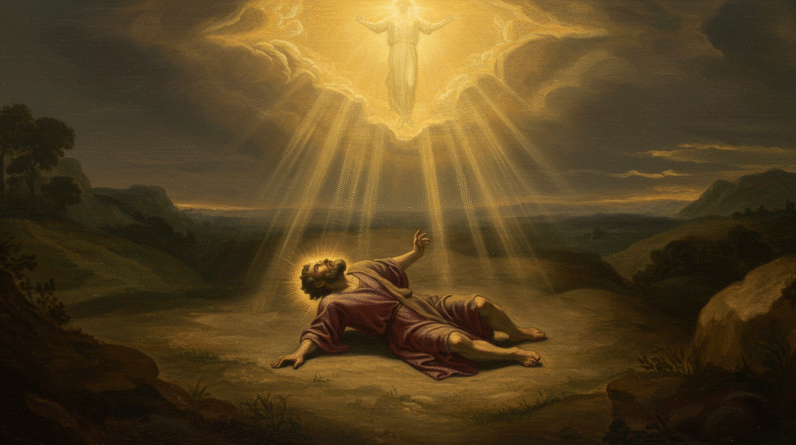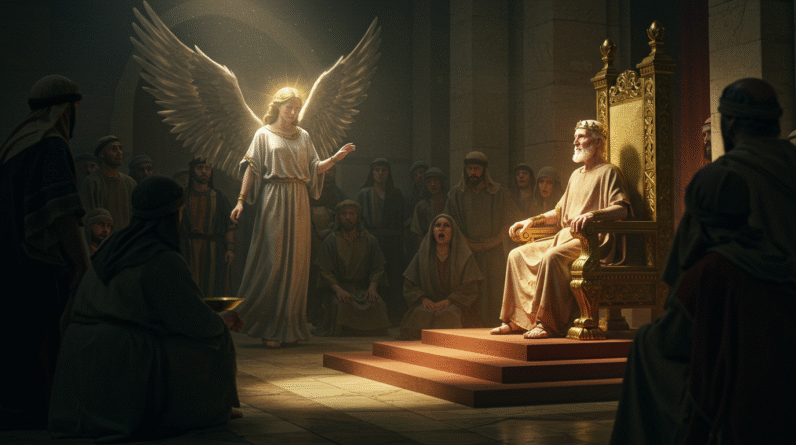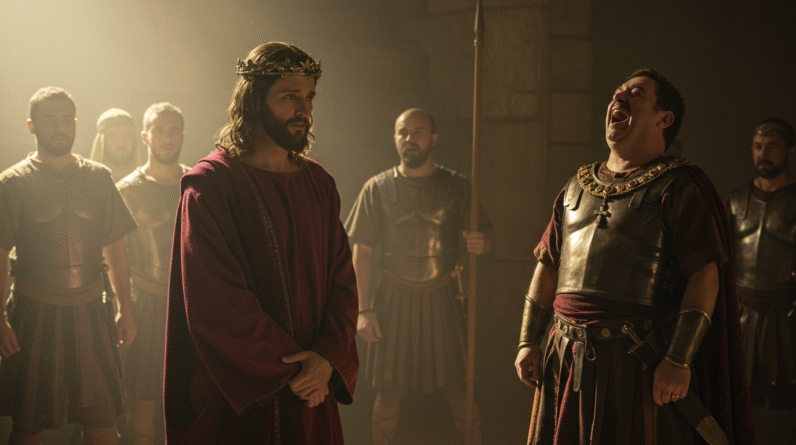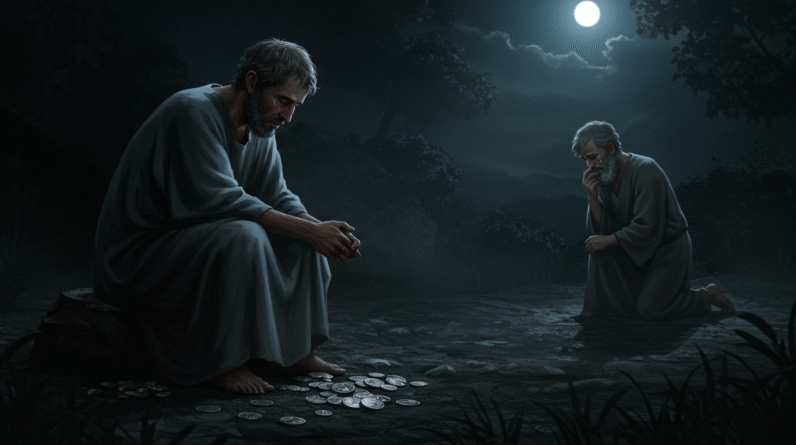The Ten Plagues: Pharaoh’s Rebellion Against God
Have you ever heard the story of the Ten Plagues? It’s an epic tale that’s nearly as thrilling as a blockbuster movie, only this isn’t fictional. It’s one where you find yourself immersed in a power struggle between Pharaoh and the Almighty. Pharaoh’s defiance against God led to a whole series of mind-blowing events, known as the Ten Plagues. Let’s delve into this fascinating story and unravel what this rebellion was all about.
Understanding the Context: Egypt and the Israelites
Imagine ancient Egypt in all its glory. A land of great kings, architectural wonders, and boundless wealth. But beneath its golden facade, the Israelites lived in bondage. For years, they suffered under the oppressive rule of Pharaoh, who saw himself as a god. Their cries reached the ears of the true God, and a divine mission began to unfold. God chose Moses, a humble man with a stammer, to deliver His people. But this wasn’t just about freeing the Israelites. It was about breaking Pharaoh’s arrogance and showing him that no earthly power can match the divine.
Pharaoh: A Portrait of Stubbornness
Much like a character who refuses to learn from their mistakes, Pharaoh remained obstinate and unyielding. Each plague acted as a chance for him to reconsider his position, yet he resisted. It’s almost like he was stuck in a narrative of his own making, trapped between pride and denial. His heart was hardened (sometimes by his own choice, and other times, divinely), and this set the stage for an escalation that would be catastrophic, both for him and his people.
The Power Play: Ten Plagues
The Ten Plagues weren’t just random acts of chaos; they were precisely designed to challenge the power and ego of Pharaoh. They were symbolic, targeting Egyptian deities and their perceived power. The drama that unfolded was a testament to God’s supremacy over nature and the gods of Egypt.
1. Water Turned to Blood
The first act in this divine play begins with the Nile, the lifeline of Egypt. God instructed Moses to strike the waters, and they turned to blood. Everything in it died, and the Egyptians were left scrambling to find water to drink (Exodus 7:14-24). This was the starting shot in God’s campaign, yet Pharaoh’s heart remained hard.
2. Frogs Invade the Land
As hard as it is to imagine, the second plague was an invasion of frogs. They were everywhere! From the king’s palace to the homes of the common people (Exodus 8:1-15). Pharaoh seemed to crack under pressure, but he soon changed his mind once relief was granted. It was a short-lived acknowledgment of power beyond his own.
3. Lice: An Uncomfortable Reality
Following the frogs, came lice. The dust of the earth turned into lice, and they tormented men and animals alike (Exodus 8:16-19). By this time, even Pharaoh’s magicians acknowledged the hand of God. Yet, Pharaoh remained unmoved, preferring to live in discomfort rather than relent.
4. Swarms of Flies
Chaos broke out when swarms of flies deluged Egypt, sparing only the land of Goshen where the Israelites dwelt (Exodus 8:20-32). The distinct separation was a clear sign of divine involvement, yet Pharaoh’s rebellion continued.
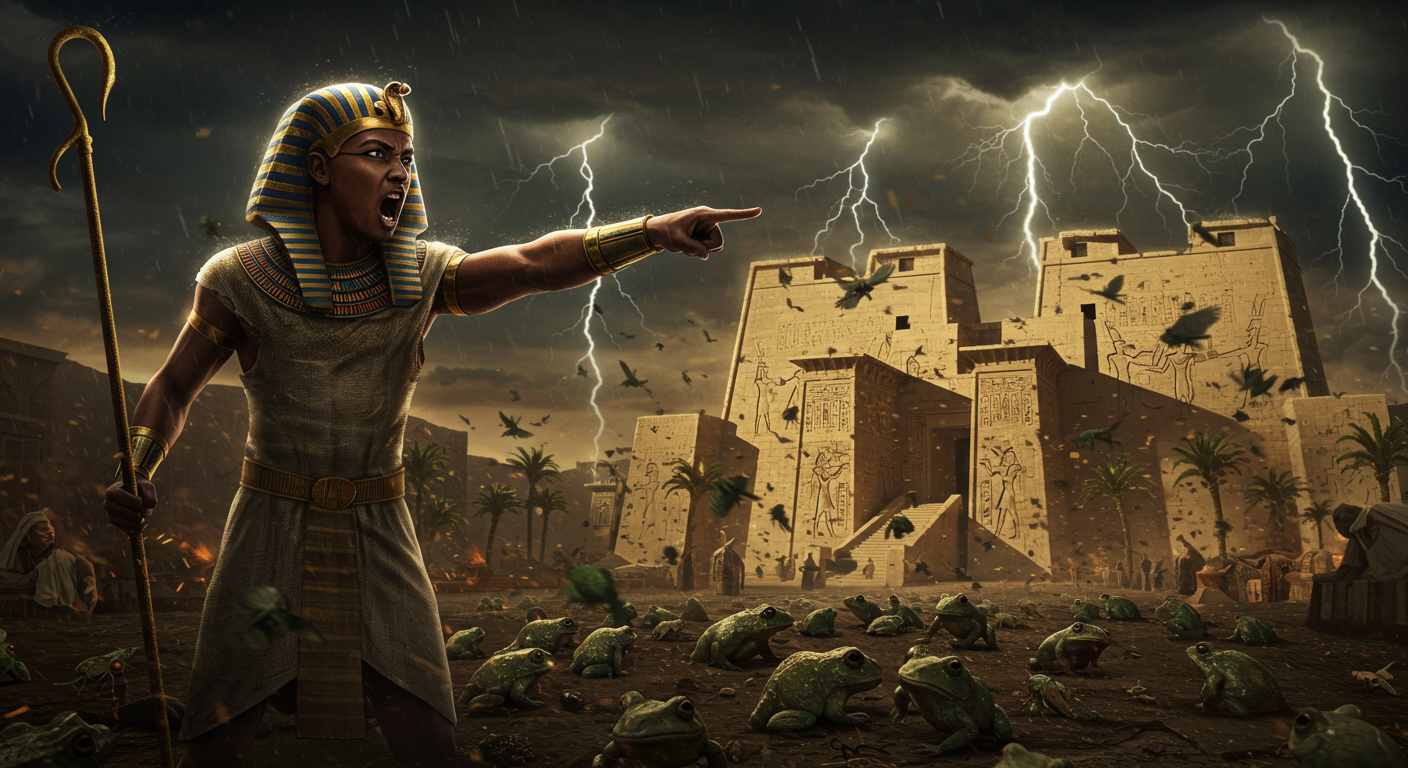
5. Pestilence on Livestock
The fifth plague struck another economic blow. God sent a severe pestilence that wiped out the Egyptian livestock, sparing the animals of Israel (Exodus 9:1-7). Pharaoh’s resilience was beginning to look more like recklessness; his kingdom was suffering, but his heart refused to soften.
6. Boils: A Personal Affliction
When boils broke out on man and beast, even the magicians couldn’t escape this affliction (Exodus 9:8-12). Pharaoh still stood firm, a living paradox of pain and pride. His refusal seemed almost stubbornly heroic, yet disastrously foolish.
7. Hail and Destruction
Hail, a storm of unprecedented fury, rained down fire and ice. It devastated crops, shattered homes, and left Egypt reeling (Exodus 9:13-35). God’s message was loud and clear, but Pharaoh’s stubborn heart became his own worst enemy.
8. Locusts: An Army of Devastation
The locusts came next, obliterating whatever the hail had spared. Pharaoh’s courtiers implored him to relent, recognizing the disaster overtaking Egypt (Exodus 10:1-20). There’s something earnest in their pleas, a desperation that underscored the narrative of a nation in peril due to one man’s obstinance.
9. Darkness Descends
A palpable darkness engulfed the land for three days, so thick that people couldn’t see each other (Exodus 10:21-29). This wasn’t just physical darkness, but also a darkness of spirit. Pharaoh’s vision was blocked by his ego, keeping him from seeing the light of God.
10. Death of the Firstborn
The climax of the Ten Plagues saw the heart-wrenching tragedy of the firstborn’s death throughout Egypt. A wail of horror echoed as death spared only those who marked their doors with lamb’s blood (Exodus 11:1-12:36). This final plague broke Pharaoh’s resistance, if only for a moment. He let the Israelites go, but in a twist of tragic repetition, his heart hardened once again as he chased them, only to meet his demise in the Red Sea.
The Spiritual Implications of the Ten Plagues
The Ten Plagues of Pharaoh were more than historical events. They were lived parables, designed to demonstrate the futility of human arrogance before divine power. They hold lessons about the dangers of pride and the consequences of refusing to acknowledge one’s limitations. Pharaoh’s rebellion against God wasn’t just a conflict with the divine, it was a battle against his better judgment, a resistance to personal growth.
The Ten Plagues as a Warning to All Generations
Pharaoh’s story isn’t just about a man or a kingdom in the distant past. It’s a reminder that echoes throughout history. It’s a narrative alive in the hearts and minds of those who refuse change, those who struggle with authority figures, or those who battle with their inner selves. It’s a reminder of what happens when you harden your heart and ignore the signs life gives you. Are you like Pharaoh in any way, clinging to stubbornness rather than embracing the growth that change can bring?
Takeaways: Lessons from Pharaoh’s Rebellion
The Ten Plagues teach us to:
- Recognize divine signs in your life. These can be tiny nudges or life-altering events.
- Acknowledge that pride can blind you and lead to your downfall.
- Be open to change and growth. Real strength lies in adaptability.
- Understand that resistance to positive growth bears grave consequences.
Stories like these are timeless reminders of resilience, rebellion, and redemption. They inspire introspection, push for change, and drive a stronger connection to a world beyond what you can see.
Explore More
For further reading and encouragement, check out these posts:
👉 7 Bible Verses About Faith in Hard Times
👉 Job’s Faith: What We Can Learn From His Trials
👉 How To Trust God When Everything Falls Apart
👉 Why God Allows Suffering – A Biblical Perspective
👉 Faith Over Fear: How To Stand Strong In Uncertain Seasons
👉 How To Encourage Someone Struggling With Their Faith
👉 5 Prayers for Strength When You’re Feeling Weak
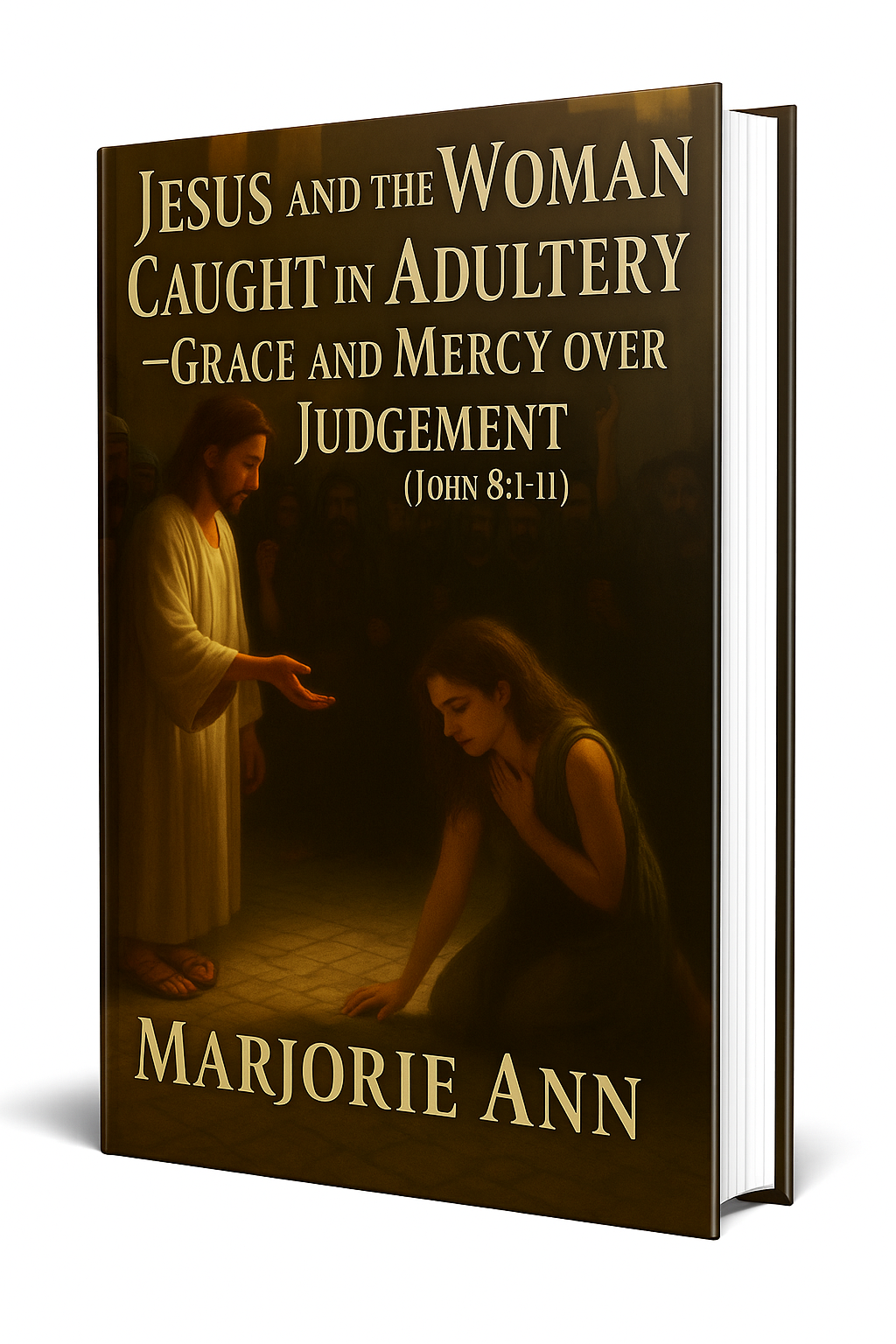
📘 Jesus and the Woman Caught in Adultery – Grace and Mercy Over Judgement
A powerful retelling of John 8:1–11. This book brings to life the depth of forgiveness, mercy, and God’s unwavering love.
👉 Check it now on Amazon
As a ClickBank Affiliate, I earn from qualifying purchases.
Acknowledgment: All Bible verses referenced in this article were accessed via Bible Gateway (or Bible Hub).
“Want to explore more? Check out our latest post on Why Jesus? and discover the life-changing truth of the Gospel!”



